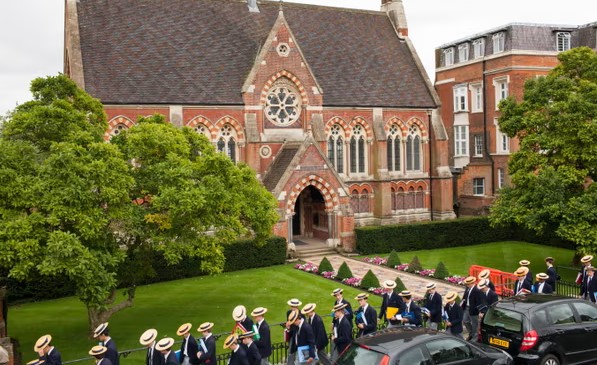One of Labour’s few firm policy commitments is to start charging VAT on Britain’s fee-paying schools, and full business rates on those in England as already happens in Scotland. This has generated a loud but often poorly informed debate as the Conservatives, ever-enthusiastic advocates for the independent sector, defend its tax breaks.
The UK has about 2,600 private schools (for-profit and charitable), and they are all exempt from VAT. Additionally, the 1,300 schools with charitable status pay no corporation tax, capital gains tax or stamp duty. They also benefit from capital gains and inheritance tax relief, and gift aid on donations. Records from 2020 show that Rishi Sunak and his wife, Akshata Murthy, have donated more than £100,000 to his old school, Winchester college. If they donated this from their own funds, and depending on how much UK tax they had paid, the school could claim an extra £25,000 in gift aid from HMRC, and Sunak and Murthy could claim back the difference between the basic rate and their higher rate of tax. Charitable schools also benefit from a minimum 80% rebate on business rates in England – Scotland recently changed its law and now charges schools the full amount.
These tax breaks, estimated to be worth more than £3bn a year, are termed “tax expenditures” by economists. These are a type of public expenditure: in public finance terms, they have the same effect as taxing the schools and the government then handing the money back as a grant. However, this expenditure is largely hidden from taxpayers because tax expenditures continue from year to year, and are not part of the annual parliamentary budget process. We don’t know the precise value of these tax breaks because there are no official published figures quantifying them.
The National Audit Office states that the government does not publish the information needed to scrutinise the value for money of this type of public expenditure. Social justice aside, the evidence suggests that taxpayers’ money is being spent very inefficiently because the private sector is extraordinarily well-funded compared with state schools. The Institute for Fiscal Studies (IFS) estimates current average fees for each private student to be £15,200 a year, compared with only £8,000 funding for each state sector pupil – a gap up from only £3,500 in 2009-10.


